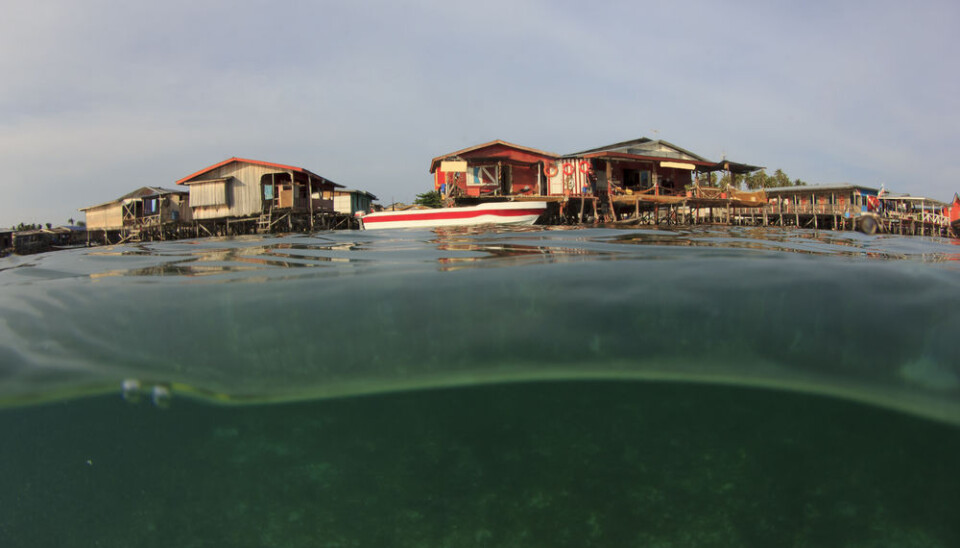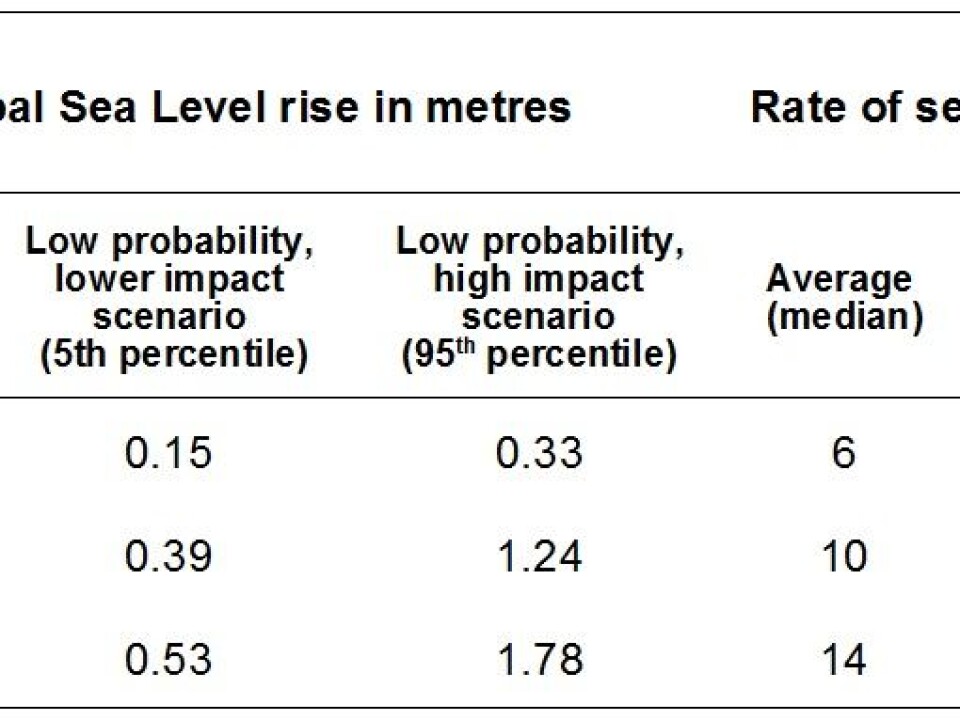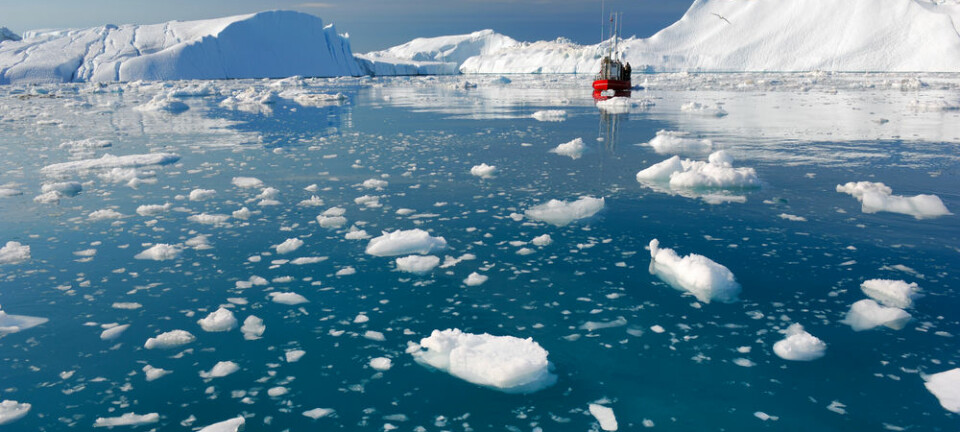
Time is running out to adapt to dramatic sea level rise
Eighty per cent of world’s coastal areas could experience more than 1.8 metres of sea level rise by 2100 if global warming exceeds two degrees Celsius by the middle of this century.
Last week the Paris climate agreement came into force, committing signatory countries to reduce their carbon emissions in a bid to limit global temperature rise to less than two degrees Celsius--and preferably 1.5 degrees--above pre-industrial levels.
But even if at this two degree threshold, there are still dramatic consequences that we need to prepare for, warn scientists in a study published in PNAS this week.
The new study revises previous estimates of sea level rise around the world by the middle of the century should we hit the two degrees warming threshold. And the news is not good.
At current carbon emission rates, reveals the new data, the Earth is set to reach the two degree threshold by 2040, at which point 90 per cent of coastal areas worldwide will have experienced sea level rise in excess of 0.2 metres.

Certain areas, including the North American coast and the coast of Norway meanwhile could see up to 0.4 metres of rise.
“If warming continues above two degrees Celsius, then by 2100, sea level will be rising faster than at any time during human civilization,” writes lead-author Svetlana Jevrejeva from the National Oceanography Centre, Liverpool, UK, in an email to ScienceNordic.
“The coastal communities of rapidly expanding cities in the developing world, and vulnerable tropical coastal ecosystems will have a very limited time to adapt to sea level rises after the two degrees threshold is likely to be reached,” she writes.
Read More: Sea levels could be rising faster than we think
More than 1.8 metres sea level rise by 2100
The predictions after 2040 are stark.
Eighty per cent of coastlines around the world could witness sea level rise of more than 1.8 metres if the Earth’s mean temperature hits five degrees by the end of the century.
This is a plausible temperature scenario according to the latest report from the UN Intentional Panel on Climate Change (IPCC), and 0.6 metres higher than previous estimates of sea level rise.
You can see the full range of projections in the table below.
Read More: Greenland Ice Sheet has already caused nearly five metres sea-level rise
Colleague: “A high risk-low probability scenario that we must plan for”
The projection of 1.8 metres is at the uppermost range of what is possible if we continue to emit greenhouse gases at current rates, which is what will happen if governments fail to curb carbon emissions by the middle of the century.
Statistically speaking, it is in the 95 percentile of projections in the new study. This means that there is a five per cent chance that it could actually happen.
Jens Hesselbjerg Christensen, an adjunct professor at the Niels Bohr Institute, University of Copenhagen, Denmark, and lead scientist for regional climate research at the institution, describes it as a “low probability-high impact scenario.”
He was not involved with the new study, but is familiar with the work and methods used in the new study. He believes that the new figures are an improvement on current estimates of global sea level rise.
“If we don’t prepare for something like these high-end scenarios then we’re making a big mistake,” says Christensen.
Read More: What does two degrees Celsius global warming look like?
Time running out to adapt to rapid sea level rise
Most alarming is the rate of sea level rise after 2040 if carbon emissions continue to rise in line with IPCC projections.
While it will have taken almost 200 years for temperatures to rise by two degrees by 2040, it will probably only take another 43 years for this to double again, hitting four degrees Celsius by 2083. After that, some climate models predict that it could take just another 20 years to hit 5 degrees.
At this point, the sea level could be rising by as much as 35 millimetres per year, which is probably faster than at any other time in the last 10,000 years, according to the new study.
“Our attempts to cope with sea level rise assume that it is a slow process and that we can adapt to it” says Christensen. “But the fact is that if it’s going to be this high impact scenario, then the commitment to large sea level rise is unavoidable, and it will happen very quickly.”
For this amount of sea level rise to occur, something dramatic will have to happen, says Christensen. This could be the disintegration of the West Antarctic ice shelf--the likelihood of which is still unknown, he says.
In contrast to previously reported estimates of global sea level rise, the new study looks at sea level rise specifically along coastlines where 400 million people in 23 coastal mega-cities are projected to live by 2030.
Some of the most vulnerable after 2040 will be 370 million people living on the coasts of Asia, Africa, and South America, writes the scientists.
Climate scientists discuss the feasibility of the 1.5 °C target set in Paris in 2015.. (Video: Carbon Brief)










